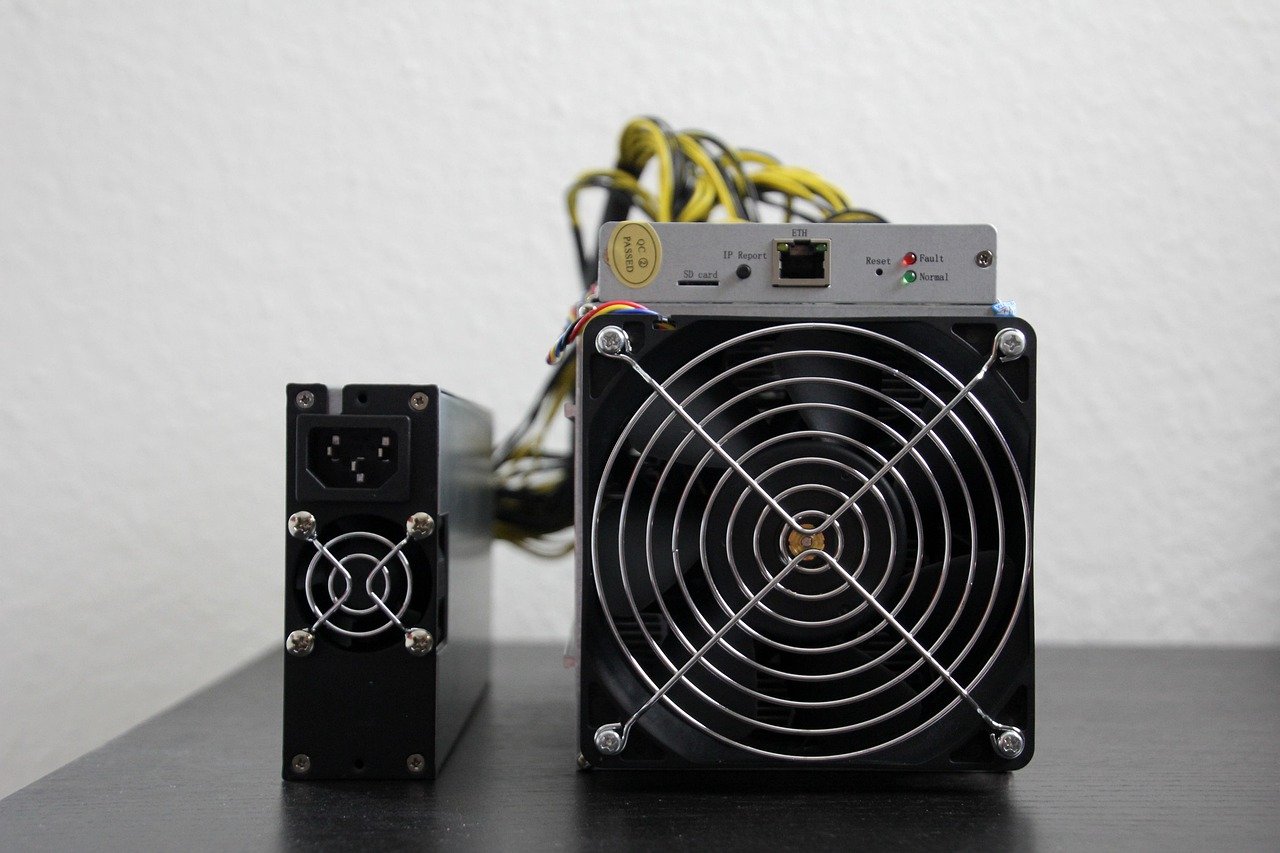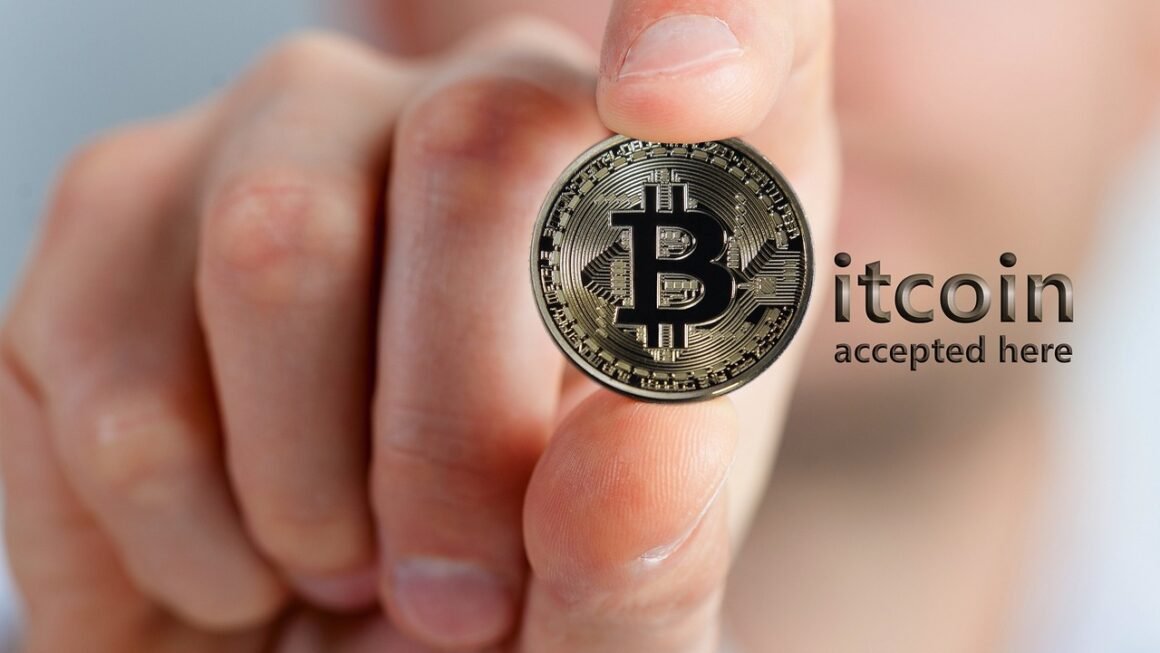Stablecoins have rapidly emerged as a crucial component of the cryptocurrency ecosystem, bridging the gap between traditional finance and the volatile world of digital assets. These cryptocurrencies are designed to maintain a stable value, typically pegged to a fiat currency like the US dollar or other stable assets. Understanding their mechanics, benefits, and risks is essential for anyone navigating the crypto landscape, from novice investors to seasoned traders.
What are Stablecoins?
Definition and Purpose
Stablecoins are a type of cryptocurrency whose value is pegged to a stable reserve asset, such as the U.S. dollar or gold. The primary goal of a stablecoin is to provide price stability, making it a useful tool for:
- – Facilitating cryptocurrency trading and investment without the volatility of other cryptocurrencies like Bitcoin or Ethereum.
- – Enabling faster and cheaper international transactions compared to traditional banking systems.
- – Providing a store of value in regions with unstable national currencies or high inflation.
How Stablecoins Maintain Stability
The mechanisms used to maintain stability vary depending on the type of stablecoin:
- Fiat-collateralized: Backed by fiat currency reserves held in custody. For example, Tether (USDT) claims to hold USD reserves equivalent to the total supply of USDT tokens.
- Example: For every USDT in circulation, Tether theoretically holds $1 in a bank account.
- Challenge: Requires trust in the custodian and regular audits to verify reserves.
- Crypto-collateralized: Backed by other cryptocurrencies. Since crypto assets are volatile, these stablecoins are often over-collateralized to maintain stability.
- Example: DAI is backed by Ether (ETH) and other cryptocurrencies on the MakerDAO platform. Users need to deposit more value in ETH than the DAI they want to mint.
- Benefit: More decentralized and transparent than fiat-collateralized coins.
- Algorithmic Stablecoins: Use algorithms and smart contracts to manage supply and maintain price stability. They adjust the supply based on demand, expanding it when the price is above the peg and contracting it when the price is below.
- Example: Originally, TerraUSD (UST) used LUNA to absorb volatility. If UST’s price fell below $1, the protocol would incentivize burning UST and minting LUNA, and vice versa. This, however, proved problematic and led to a significant collapse of the ecosystem.
- Risk: Highly complex and vulnerable to “death spirals” if the algorithm fails to maintain the peg, as seen with UST.
Benefits of Using Stablecoins
Reduced Volatility
The most significant benefit of stablecoins is their reduced volatility compared to other cryptocurrencies. This makes them suitable for:
- – Everyday transactions where predictability is crucial.
- – Storing value without the risk of significant price fluctuations.
- – Acting as a safe haven during periods of high market volatility in the crypto market.
Faster and Cheaper Transactions
Stablecoins leverage blockchain technology to enable faster and cheaper transactions compared to traditional banking systems. This is particularly beneficial for:
- – Cross-border payments, where transaction fees and processing times can be significantly reduced.
- – Micropayments, which are often impractical with traditional payment methods due to high fees.
- – Bypassing intermediaries, such as banks, reducing transaction costs and increasing efficiency.
For example, sending $10,000 using traditional wire transfers can take several days and incur fees ranging from $25 to $50 or more. Using stablecoins, the same transaction can be completed in minutes with fees of often less than a dollar.
Increased Accessibility
Stablecoins increase access to financial services for individuals who are unbanked or underbanked. This is especially relevant in developing countries where access to traditional banking infrastructure is limited.
- – Stablecoins can be easily accessed with a smartphone and internet connection.
- – They provide a means to store and transfer value without relying on traditional banking systems.
- – They can be used to participate in the global economy through decentralized finance (DeFi) applications.
Risks and Challenges of Stablecoins
Regulatory Uncertainty
The regulatory landscape for stablecoins is still evolving. Governments around the world are grappling with how to regulate these digital assets, which creates uncertainty and potential risks for users and issuers.
- – Lack of clear regulations can lead to inconsistent treatment across different jurisdictions.
- – Regulatory changes could impact the operation and viability of stablecoin projects.
- – Stablecoins could face increased scrutiny and restrictions as regulators seek to mitigate risks to financial stability.
Centralization and Custodial Risks
Fiat-collateralized stablecoins rely on centralized entities to hold reserves and issue tokens. This introduces custodial risks, as users must trust the issuer to properly manage the reserves and redeem tokens at their pegged value.
- – Custodians could become insolvent or be subject to fraud, leading to a loss of funds.
- – Reserves might not be fully backed, as has been alleged in the past with some stablecoin issuers.
- – Centralized entities can be subject to censorship and control by governments or other powerful actors.
De-Pegging Risk
All stablecoins face the risk of de-pegging, where the price deviates from its intended peg. This can occur due to:
- – Market volatility and panic selling.
- – Loss of confidence in the reserves backing the stablecoin.
- – Algorithmic failures, as seen with the collapse of TerraUSD (UST).
The de-pegging of a stablecoin can have significant consequences, leading to substantial losses for holders and potentially destabilizing the broader cryptocurrency market.
The Future of Stablecoins
Central Bank Digital Currencies (CBDCs)
Many central banks are exploring the development of their own digital currencies (CBDCs). These government-backed digital currencies could compete with stablecoins and potentially reshape the landscape of digital payments.
- – CBDCs could offer greater stability and security compared to private stablecoins.
- – They could be integrated into existing payment systems and infrastructure.
- – They could give central banks more control over monetary policy and the financial system.
However, CBDCs also raise concerns about privacy, censorship, and government surveillance.
Enhanced Regulation and Transparency
Increased regulation and transparency are likely to play a crucial role in the future of stablecoins. This could involve:
- – Requiring stablecoin issuers to undergo regular audits and disclose their reserve holdings.
- – Implementing regulatory frameworks to address risks related to money laundering, terrorist financing, and consumer protection.
- – Establishing standards for stablecoin governance and risk management.
These measures could help to increase confidence in stablecoins and promote their wider adoption.
Integration with Traditional Finance
Stablecoins are increasingly being integrated with traditional finance, bridging the gap between the crypto world and established financial systems. This could involve:
- – Using stablecoins for institutional trading and settlement.
- – Incorporating stablecoins into payment rails for merchants and consumers.
- – Developing new financial products and services based on stablecoins.
As stablecoins become more widely accepted and integrated, they have the potential to transform the way we think about money and finance.
Conclusion
Stablecoins offer a compelling solution to the volatility challenges of the cryptocurrency market, providing a stable and efficient means of value transfer and storage. While they present numerous benefits, including reduced volatility, faster transactions, and increased accessibility, it’s crucial to recognize and understand the associated risks. Regulatory uncertainty, custodial risks, and the potential for de-pegging remain significant concerns. As the market matures, enhanced regulation, increased transparency, and the potential emergence of Central Bank Digital Currencies (CBDCs) will likely shape the future of stablecoins and their role in the broader financial ecosystem. Understanding these dynamics is vital for anyone looking to leverage the benefits of stablecoins while mitigating potential risks.



